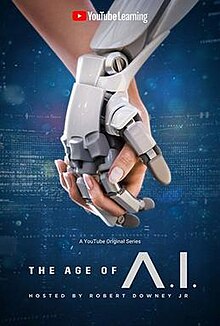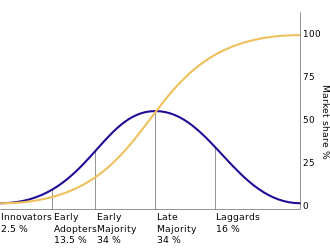Total Information Awareness was a mass detection program by the United States Information Awareness Office in 2003. Total Information Awareness was described as the closest thing to a "Big Brother" program that the United States government has ever orchestrated. The program was founded after 9/11 and was also described as Manhattan Project for counter terrorism.

The whole program was based around predictive policing and was meant to take detailed information and data about people in order to prevent terrorist incidents before their execution. This would allow the government to sort through different people and try to identify terrorists. Since now the amounts of both private and public information is growing by the minute this government project was a very frightening thing to all of us since this program let the government have access to everything we are doing.
Total Information Awareness was run by the Defense Advanced Research Projects Agency which happens to be the branch of the Department of Defense that works on military research. This was headed by John Poindexter who was a Regan era National Security Adviser who was involved in the Iran Contra Scandal.
Total Information Awareness was intended to be a five year research program and the goal behind this program is was designed to integrate previous government surveillance programs into this one. These integrated programs included Genoa which predated TIA and provided some of the backing for the new software. It's successor Project Genoa II was originally designed into the the TIA program using computers, software agents, policy makers, and field operatives could cooperate. This would allow humans and machines to think together and cooperate while observing what people are doing. This research also had originally planned to include the National Security Agency, The CIA, DIA, and so many more.

Some of the elements that would help track our moves and data at the time would be computers, cameras, location sensors, and different types of wireless communication. The commercialization of data in this country would also help this program thrive since corporations have lots of very detailed information about people.

Some of the downsides of the program is that this program was going to eliminate some elements of privacy. As some said it would kill privacy in America since under this program our lives would be made available to government officials and we would be very restricted in what we can do. Our lives would have been open books realistically. Another major downside is that it is based observations and surveillance even when there is no clear evidence of involvement in wrongdoing. This would essentially ruin America's values about freedom. One of the biggest downsides of this program is that it is mainly based on speculation and assumptions of all instead of focused and this is another reason this program was not predicted to work also there were security concerns with TIA in that it could reduce security by taking from more effective tools such as on the ground foreign intelligence which is needed.

The Total Information Awareness program ended very shortly less than a year after it was founded and it's funding was cut by Congress in 2003. This was canceled because of the privacy concerns and vocal opposition by both some government officials and the general public. The effort was lead by some senators to cut finding and cancel the program. The question we have to ask ourselves is: Will we ever have privacy again? Since more programs are continuing to be developed like this one and there are some rumors that this still exists within the NSA today.




